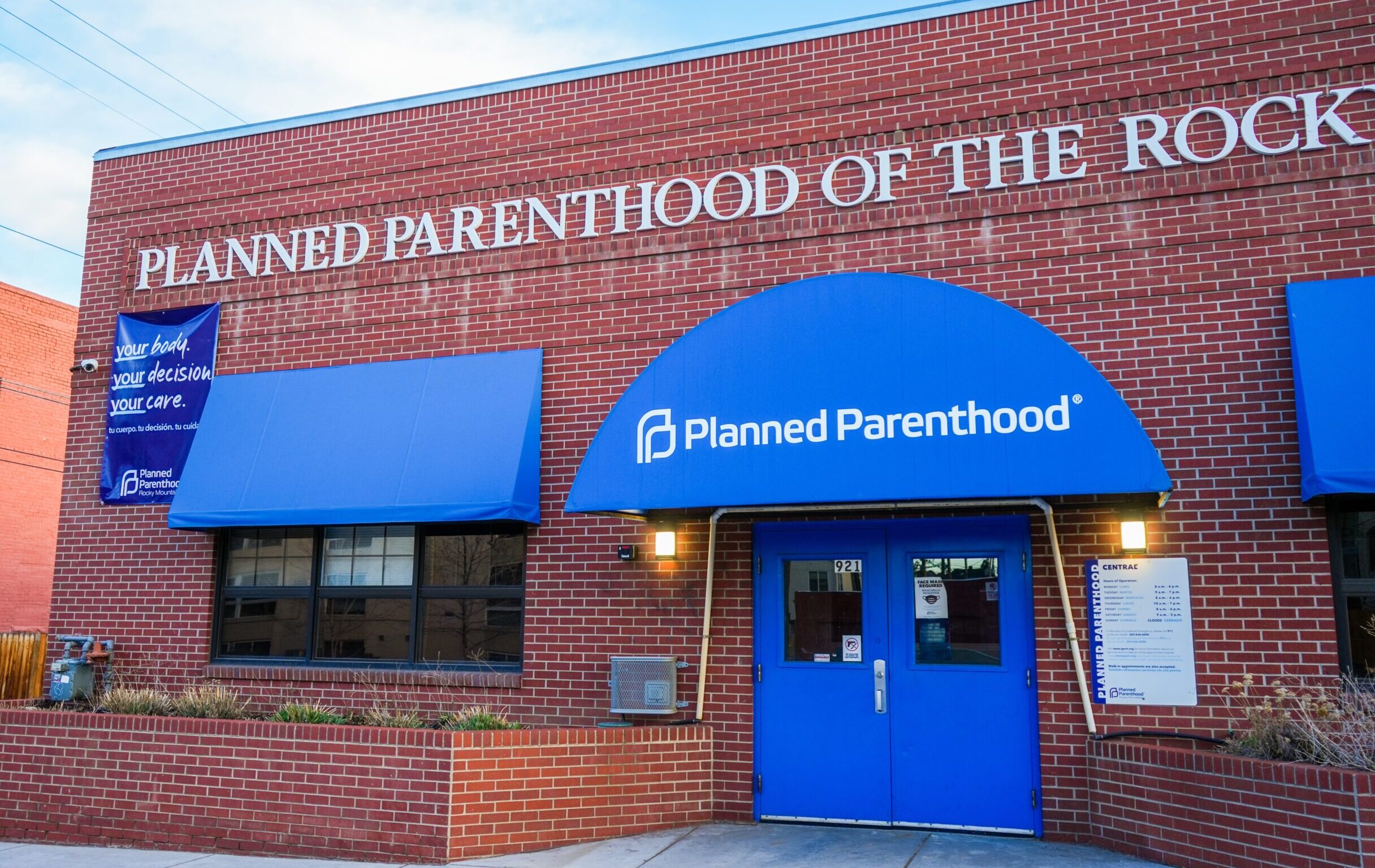SCOTUS Finds No ‘Right’ to Medical Care From Planned Parenthood
Medina v. Planned Parenthood gives states the discretion not to pay Planned Parenthood through Medicaid.

The Supreme Court released its decision in Medina v. Planned Parenthood last week, a 6–3 ruling against Planned Parenthood. Cue the predictable hysteria: Axios immediately opined that “Supreme Court ruling on patients rights’ could devastate Planned Parenthood,” Vox explained to its readers the Supreme Court’s “disastrous new abortion decision,” and so on.
Make no mistake: Medina v. Planned Parenthood is indeed a win for the pro-life movement. But the actual legal arguments addressed by the opinion matter greatly. Perusing the news headlines in reaction to Medina don’t actually give a very helpful explanation of what the decision means.
So what actually happened? The case is not directly about abortion at all; it is about who decides which medical providers are qualified to receive Medicaid funds and whether there is an enforceable individual “right” to receive non-abortion medical services from Planned Parenthood with those funds.
The Medicaid laws already prohibit Medicaid dollars from funding abortions, but do not explicitly prohibit abortion providers like Planned Parenthood from receiving Medicaid funds for non-abortion services. Medicaid recipients are allowed to receive approved medical care from “any institution, agency, community pharmacy, or person, qualified to perform the service or services required” (emphasis added). The Medicaid statutes do not define what counts as a qualified service provider. So states make that decision—which makes sense, since medical standards, certifications, and the like are generally decided at the state level anyway.
In 2018, South Carolina’s Governor Henry McMaster signed an executive order stating that, in South Carolina, Planned Parenthood was not a qualified service provider for any medical services. Planned Parenthood, along with a Medicaid recipient who wanted medical services from Planned Parenthood, filed a lawsuit alleging a violation of rights.
There are two relevant legal questions here. First, does a state have the right to decide that Planned Parenthood is not a qualified provider for purposes of Medicaid funding? Second, and more importantly, does an individual have a “right” to Medicaid funding for services at Planned Parenthood that allows the individual to sue under 42 U.S. Code § 1983 for a deprivation of rights? The second issue is the fundamental one.
Section 1983 is a federal statute that allows individuals to sue if any state action causes them to suffer an injury by being deprived of “any rights, privileges, or immunities secured by the Constitution and laws.” As Associate Justice Clarence Thomas pointed out in his excellent concurring opinion, while the contours of Section 1983 rights were never clearly defined, the statute was meant to protect civil rights, particularly those enacted in law after the Civil War. The goal was to protect “racial equality respecting a citizen’s ability to sue and be a party in state court, to testify, to make contracts, and to buy, sell, and inherit property.” Thomas is correct that, in recent decades, Section 1983 has been expanded exponentially beyond its original meaning and intent.
Subscribe Today
Get daily emails in your inbox
The majority opinion in Medina, written by Associate Justice Neil Gorsuch, agreed that Section 1983 is being pushed too far. Supreme Court precedent is clear that any right created by Congress can be nothing “short of an unambiguously conferred right.” If Congress intends to create a new right by statute, that is no light decision; the statutory language needs to be crystal clear. The Court explained that Congress knows this, because it has created statutory rights before. For example, there are “Federal Nursing Home Reform Act provisions requiring facilities to ‘protect and promote’ residents’ ‘right to be free from’ restraints and provisions titled ‘[t]ransfer and discharge rights’ in a subsection called ‘[r]equirements relating to residents’ rights.’” When Congress wants to create a right, it uses the term “right.”
Medina is dealing with the Medicaid statutes, which are spending laws. Congress used its legislative authority to authorize payments to the states to provide healthcare funds for the needy, with certain conditions attached. The “any-qualified-provider provision” in the Medicaid statute simply does not confer an individual right. The provision does not use the language of conferring rights; it isn’t even addressing the rights of individuals. The statute is simply stating that Medicaid funds are to be distributed to any qualified provider of the medical services. There is no reason to think that Congress was secretly conferring a right for individuals to deem Planned Parenthood a qualified service provider despite the judgment of the states to the contrary. As the Court notes in response to Planned Parenthood’s arguments, “while the Medicare provision ‘guarantee[s]’ patient ‘free choice,’ the Medicaid provision never uses ‘guarantee’ or ‘free choice’—Congress omitted the very language claimed to create rights.” Since there is no right being conferred in the Medicaid laws, Planned Parenthood and the Medicaid recipient have no ability to sue over a non-existent right.
While Medina v. Planned Parenthood is ultimately a dispute about what counts as a right for purposes of Section 1983, it remains an important victory for the pro-life movement and for red state political action. Just as the ruling in Skrmetti opens the door for states to ban transgender medical interventions for minors, Medina opens the door for states to exclude Planned Parenthood and other abortion providers from receiving Medicaid dollars. This is not a broad, 50-state solution to the abortion problem. But it does put another obstacle in the way of radical leftists bent on imposing their agenda on the entire country by judicial fiat. Planned Parenthood—the organization responsible for around 40 percent of babies killed by abortion each year—is not entitled by right to receive taxpayer-funded Medicaid dollars throughout the nation. The Supreme Court has made this much clear and has paved the way for red states to cut off a huge source of government funding for the abortion industry.